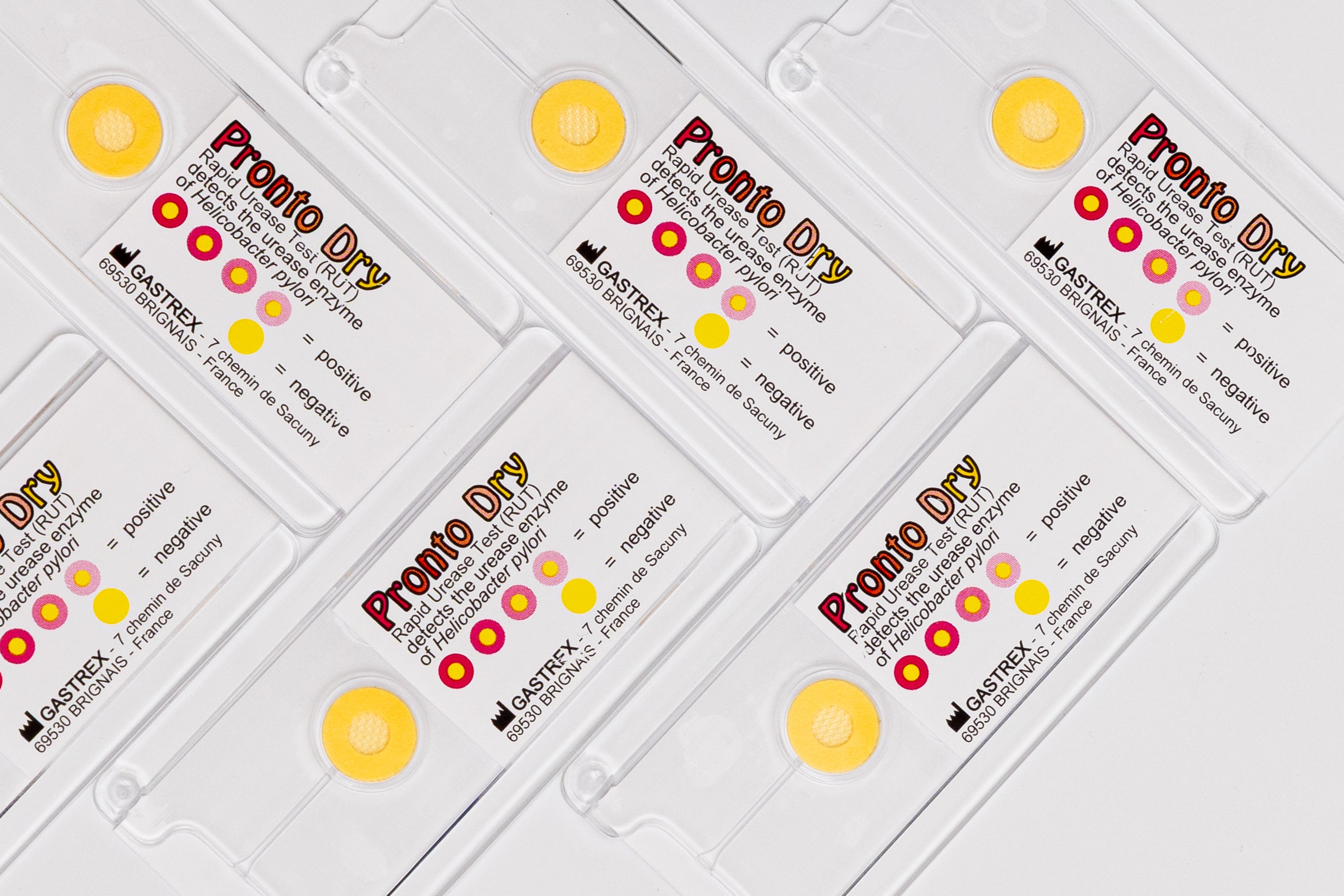Anal fissure, symptoms
The second most common anal condition after hemorrhoids, anal fissure is a tear in the skin around the anus. It is usually located at the back of the rectum and rarely exceeds 2 cm. The appearance of an anal fissure corresponds to the combination of different elements: constipation which causes excessive contraction of the sphincter and poor vascularization of this area. Depending on its severity, anal fissure is accompanied by itching, pain and bright red bleeding which occurs mainly during bowel movements.
The affected person then develops a protective reflex that causes the sphincter to involuntarily contract when passing stool; unfortunately, this natural reaction reinforces constipation. As a result, the wound takes a long time to heal. Although considered a benign condition, anal fissure nonetheless requires appropriate treatment.
Treating anal fissure with Dilatan Plus dilator
The Dilatan Plus dilator is an ideal remedy for treating this very common injury in young adults. Thanks to its cryothermal properties, the patient can relieve pain and relax the sphincter muscles, thus reducing the risk of further tears. The Dilatan Plus dilator should be used in addition to treatment prescribed by the treating physician.
Anal fistula symptoms
Often associated with Crohn's disease, of which it is a common progression, anal fistula generally indicates an abnormal path between the rectal mucosa and the anus. It is often caused by a poorly treated abscess in the anus. Anal fistula then triggers other symptoms such as itching, purulent discharge or even loss of stool through the fistula. Anal fistula requires early treatment , however, surgery is almost inevitable to treat this condition.
Treating anal fistula with Dilatan Plus dilator
As part of early anal fistula treatment, the proctologist will recommend antibiotics and the use of an anal dilator to relieve pain and relax the sphincter. Postoperatively, the patient will continue this type of treatment in conjunction with other medications such as laxatives and painkillers. The goal of this treatment is to restore sphincter function, eliminate pain, and reduce the risk of possible incontinence.
Discover our products:

